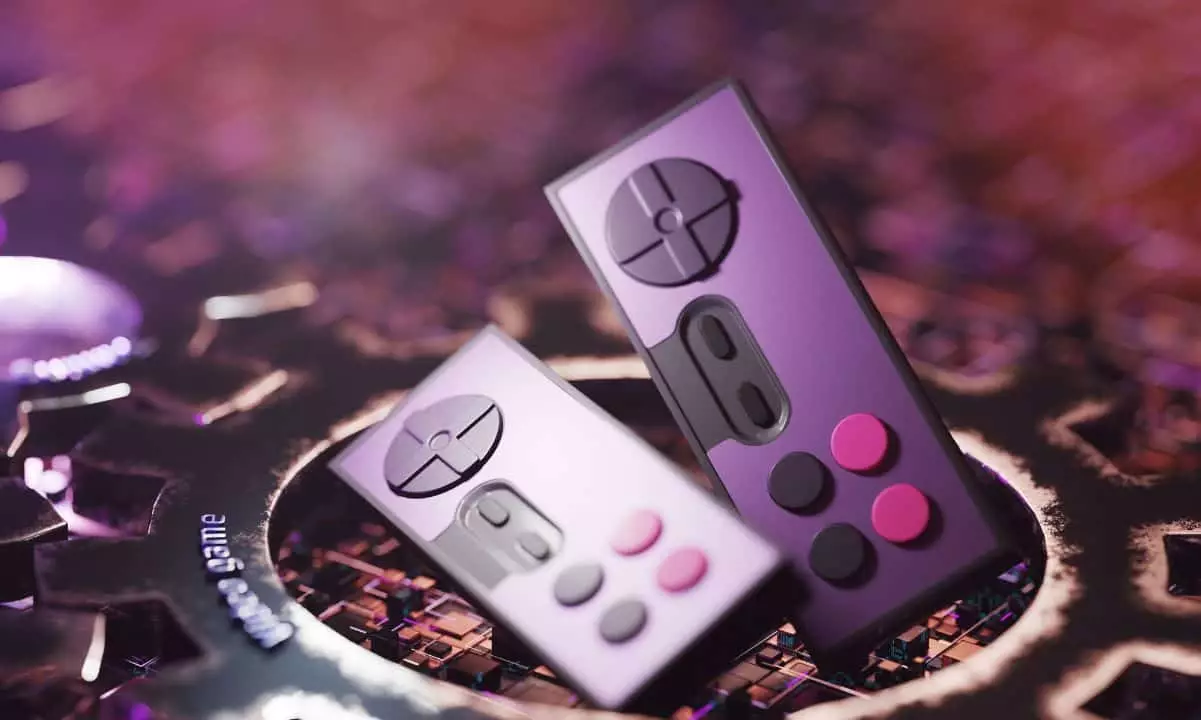The GameFi sector, which marries gaming and decentralized finance (DeFi), is on the brink of a transformative growth spurt. Analysts from the blockchain analytics platform Nansen forecast an astounding annual growth rate of 68%, signaling a remarkable expansion trajectory that could see this market reach a staggering $301.5 billion by the year 2030. This burgeoning interest indicates that enthusiasts and investors alike are increasingly recognizing the potential of blockchain technology within the gaming landscape.
Role-playing games (RPGs) are positioning themselves as a primary driving force within the GameFi ecosystem. Their successful integration of decentralized ownership through non-fungible tokens (NFTs) allows players to retain control over in-game assets, including unique characters and rare items. This ownership model cultivates a deeper engagement from players, offering tangible value that transcends the virtual realm. Currently, RPGs account for 22% of the Web3 gaming market, highlighting their popularity and success amid this innovative shift.
In addition to RPGs, the segment of AAA and AA games is making significant inroads into the GameFi market. With a rising market share now at 6%, these high-budget games demonstrate the increasing quality and breadth of content being produced in the blockchain sphere. Historically, Web2 gaming platforms like Steam showcased only a 4% representation from these titles. The substantial backing of AAA games—often requiring a minimum funding of $25 million—ensures an immersive player experience previously unseen in blockchain games, merging stunning graphics with captivating narratives.
To ensure that GameFi projects achieve sustainability and growth, certain performance indicators must be prioritized. Analysts emphasize the importance of reducing transaction costs, increasing speed through transactions per second (TPS), and reinforcing security standards. Among various blockchain networks, OpBNB exhibits remarkable advantages with the lowest median gas fee recorded at just $0.0001, making it particularly appealing for gaming transactions. Notably, Ronin and Polygon PoS follow closely, ensuring competitive pricing structures. Immutable X adds a unique proposition with free minting and transfer of NFTs, exemplifying innovations designed to attract gamers.
Despite the favorable current TPS averages, scalability remains a lingering concern. The average for OpBNB hovers around 97 TPS, lingering well below its stated capacity of 10,000 TPS, underscoring a notable opportunity for performance enhancement as the sector grows. Ronin and Polygon PoS, with their respective TPS of 20 and 33, reveal a disparate landscape ripe for technological improvements. As Account Abstraction gains traction, the gaming environment is expected to increase in complexity, necessitating a resilient and scalable architectural foundation to accommodate the demands of an expanding player base.
The GameFi market is experiencing a pivotal evolution, characterized by a convergence of innovation, player engagement, and robust investment in quality gaming. As the market matures, stakeholders must navigate performance challenges while fostering the eco-system’s overall growth and sustainability for a promising future in gaming.


Leave a Reply